 Library of Congress Cataloging-in-Publication Data is available from the publisher. 1st English edition 1983
Library of Congress Cataloging-in-Publication Data is available from the publisher. 1st English edition 1983
2nd English edition 1985
1st German edition 1985
1st Spanish edition 1985
1st Italian edition 1986
1st Portuguese edition 1994
3rd English edition 2001
2nd Italian edition 2002
1st French edition 2002
2nd Spanish edition 2002
2nd Portuguese edition 2002 2012 Georg Thieme Verlag,
Rdigerstrasse 14, 70469 Stuttgart, Germany
http://www.thieme.de
Thieme New York, 333 Seventh Avenue,
New York, NY 10001, USA
http://www.thieme.com Cover design: Thieme Publishing Group
Typesetting by primustype Robert Hurler GmbH, Notzingen,
Germany
Printed in Germany by Offizin Andersen Nex, Leipzig ISBN 978-3-13-640804-9 1 2 3 4 5 6 Important note: Medicine is an ever-changing science undergoing continual development. Research and clinical experience are continually expanding our knowledge, in particular our knowledge of proper treatment and drug therapy. Insofar as this book mentions any dosage or application, readers may rest assured that the authors, editors, and publishers have made every effort to ensure that such references are in accordance with the state of knowledge at the time of production of the book. Nevertheless, this does not involve, imply, or express any guarantee or responsibility on the part of the publishers in respect to any dosage instructions and forms of applications stated in the book. Every user is requested to examine carefully the manufacturers leaflets accompanying each drug and to check, if necessary in consultation with a physician or specialist, whether the dosage schedules mentioned therein or the contraindications stated by the manufacturers differ from the statements made in the present book. Such examination is particularly important with drugs that are either rarely used or have been newly released on the market.
Every dosage schedule or every form of application used is entirely at the user's own risk and responsibility. The authors and publishers request every user to report to the publishers any discrepancies or inaccuracies noticed. If errors in this work are found after publication, errata will be posted at www.thieme.com on the product description page. Some of the product names, patents, and registered designs referred to in this book are in fact registered trademarks or proprietary names even though specific reference to this fact is not always made in the text. Therefore, the appearance of a name without designation as proprietary is not to be construed as a representation by the publisher that it is in the public domain. This book, including all parts thereof, is legally protected by copyright.
Any use, exploitation, or commercialization outside the narrow limits set by copyright legislation, without the publisher's consent, is illegal and liable to prosecution. This applies in particular to photostat reproduction, copying, mimeographing, preparation of microfilms, and electronic data processing and storage.
Preface to the Second Edition
This atlas consists of a systematic collection of mammograms of breast lesions, many in the early and some in the earliest detectable phases of development. These reflect the types of lesions to be found in a mammography screening population. Small malignant lesions are presumed to be the precursors of large, metastasizing lesions, and their removal at a sufficiently early stage should prevent the development of breast cancer to the stage where it kills the patient. There is no question that mammography screening, when performed to high standards and repeated at sufficiently frequent intervals, leads to the detection of most breast cancers at a preclinical stage.
The result is a lower mortality from breast cancer and, in many cases, less mutilating and traumatic therapy than previously possible. This book was written to help radiologists fill the anticipated need for many skilled mammographers. We expect that this need will continue to grow as population screening with mammography becomes more widely adopted. This edition contains no major revisions and no additional figures. We are grateful to many of our colleagues for constructive criticism, and with the publication of this second edition we have endeavored to respond to their comments. Lszl Tabr, Falun, SwedenPeter B.
Dean, Turku, Finland
Preface to the Third Edition
The passage of time has provided the opportunity for adding a longterm follow-up for those women who were diagnosed with breast cancer two decades ago and whose mammograms are included in this edition. Several cases have been replaced to emphasize important teaching points. Our understanding of the variations in normal and pathological breast anatomy as represented on the mammogram has increased greatly during the intervening years, thanks largely to knowledge gained from the analysis of thick-section, three-dimensional histology. There have also been a few changes in nomenclature, which have been introduced to this edition. The authors have also drawn upon fifteen years further experience in teaching breast imaging when revising the text. These factors in combination will explain to the reader why so much of the text to this book has been rewritten for this edition.
Close cooperation with a skilled pathologist is essential if a radiologist is to learn from his/her own patients. We are pleased to acknowledge the contribution of Tibor Tot, MD, who has provided us with the histopathological images. Lszl Tabr, Falun, SwedenPeter B. Dean, Turku, Finland
Preface to the Fourth Edition
The conversion to digital mammography, a dramatic improvement in breast ultrasonography, and the ascendance of breast magnetic resonance imaging (MRI) during the past decade serve to confirm the need for radiologists to be fully conversant with the radiologic anatomy of the normal breast and its distortion by benign and malignant breast lesions. All these major improvements in imaging bring us ever closer to the actual subgross (3D) image of the breast tissue. The subgross, thick-section histologic images of normal and pathologic breast tissue serve as an intermediary between the imperfect resolution of any imaging method and the cellular details seen under the microscope.
Furthermore, studying these subgross images assists in comprehending the pathophysiologic processes leading to specific changes in the breast tissue. Breast imagers who are familiar with these alterations at the subgross level will have a great advantage in the interpretation of breast images, regardless of the methodology used. As breast-imaging methodology improves by quantum leaps, and as breast imagers become more knowledgeable from studying subgross histology images correlated directly with the imaging methods, the preoperative diagnoses will become ever more accurate, smaller tumors will be detected more reliably, the full extent of the disease will be more precisely described, particularly with multifocal and diffuse breast cancers, and patient management can be more fully individualized. These advancements serve all women, who first and foremost want to be assured that they do not have breast cancer. For those who develop the disease, early detection and accurate diagnosis will ensure the best achievable long-term out come, while in many cases less radical, custom-tailored treatment will minimize the side effects of therapy. Long-term (2530 years) follow-up of breast cancer screening trials continues to confirm the benefits of early diagnosis and complete surgical removal of breast cancer, which continue to improve with follow-up time, while many purported harms fade away.
Next page
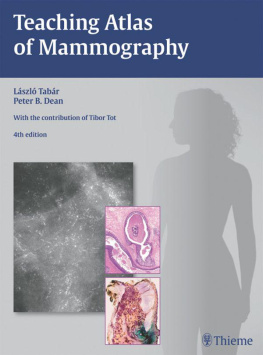
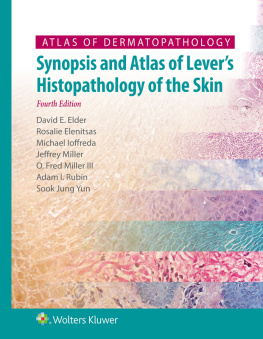
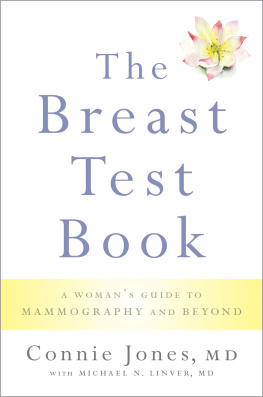

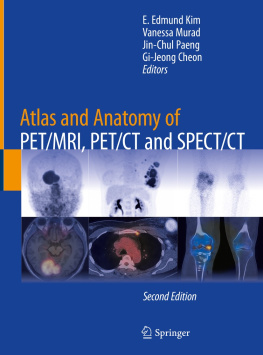

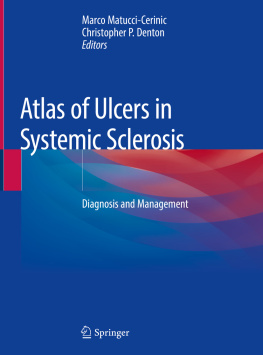
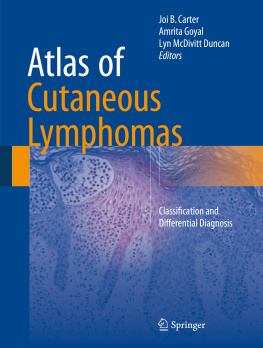
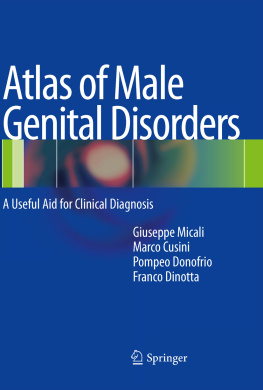
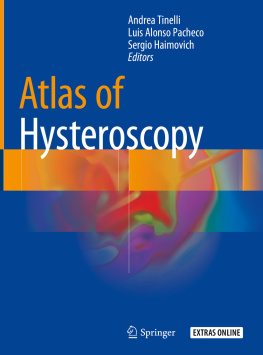
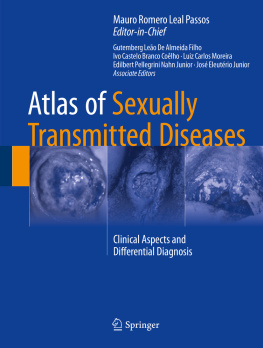
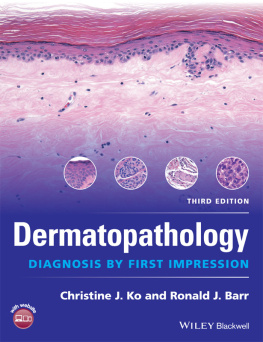
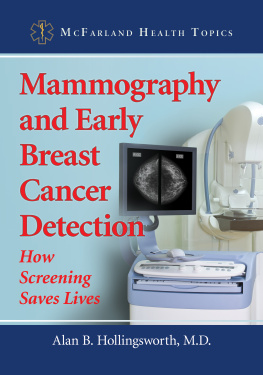
 Library of Congress Cataloging-in-Publication Data is available from the publisher. 1st English edition 1983
Library of Congress Cataloging-in-Publication Data is available from the publisher. 1st English edition 1983